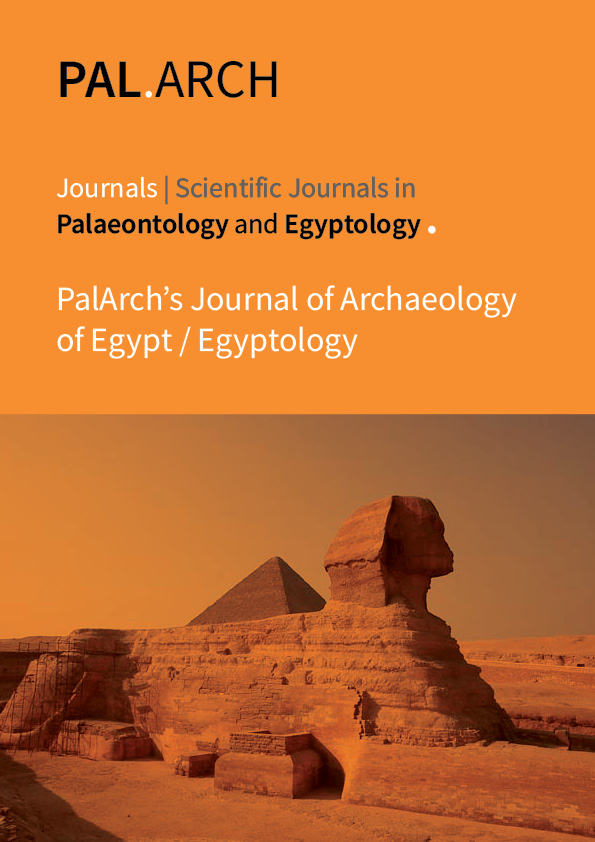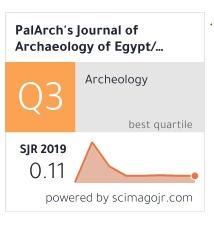THE NATIONAL-CULTURAL COMPONENT OF THE WORD REPRESENTING A SYMBOL IN A FIGURATIVE ТЕХT
Keywords:
artistic symbol, national picture of the world, semantic field.Abstract
The article is dedicated to the studying of some natural symbols such as “garden”, “island” and “tree” in the English national picture of the world. The present research focuses on the projection of the national attitude to these nature objects onto the field of meanings belonging to these artistic symbols. The national attitude to the natural symbols is related through the national customs, holidays, rituals and texts which belong to one of the most important forms of culture reflection and transferring. The national peculiarities of symbols can be found not only in fairy-tales, folk songs, proverbs and sayings but also in literature and communication. The complex of national attitude to the analyzed natural objects, their peculiarities and functions in culture combines the national-cultural component of the word meaning. The given research follows the aim of revealing the role of the national-cultural component in an artistic symbol formation. The article is meaningful for the modern scientific society because it analyses the part of the national-cultural component in a word which represents symbol. This word component plays a big role in the symbol formation replacing the denotative meaning of the word.



